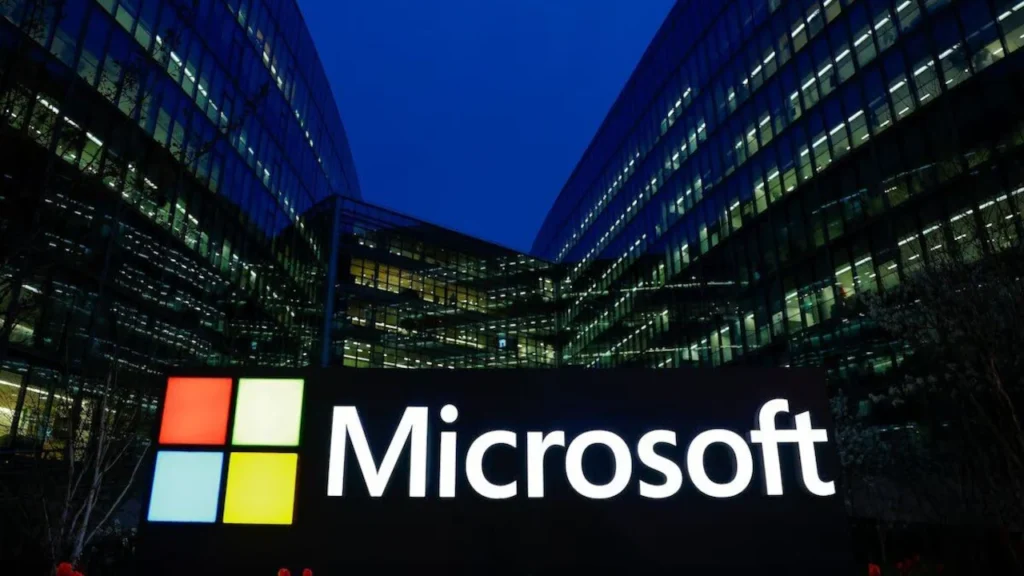Microsoft’s announcement of 9,000 layoffs in July 2025, its largest since 2023, has ignited a firestorm of criticism due to the company’s simultaneous filing of thousands of H-1B visa applications. Social media and media reports have accused the tech giant of replacing American workers with lower-paid foreign labor, labeling it “economic treason.” However, Indian-origin tech influencer Debarghya “Deedy” Das counters that most of these applications are renewals, not new hires. This article examines the controversy, the facts behind the visa filings, and the broader context of Microsoft’s restructuring.
The Layoffs: Scale and Scope
Microsoft confirmed on July 2, 2025, that it is cutting approximately 9,000 jobs, about 4% of its 228,000-strong global workforce as of June 2024. This follows earlier cuts in 2025: 6,000 in May, 305 in June, and 1% of headcount in January. The layoffs, part of a broader tech industry trend (76,214 cuts in 2025, per Challenger, Gray & Christmas), primarily affect:
- Microsoft Gaming Division: Including Xbox, with cuts at King (Candy Crush, ~200 jobs), ZeniMax, and Turn 10 (Forza Motorsport, ~70 jobs). Projects like Perfect Dark and Everwild were canceled, and The Initiative studio is closing.
- Software Developers and IT Roles: In Washington state, 2,300 employees, including 817 software engineers, were laid off.
Microsoft’s stated goal, per CFO Amy Hood and CEO Phil Spencer, is to streamline operations, reduce managerial layers, and focus on AI and cloud infrastructure, with $80 billion invested in fiscal 2025. The company cites AI-driven efficiencies, with 20–30% of its code now generated by AI, as a driver for restructuring.
H-1B Visa Controversy: The Numbers
Reports claim Microsoft filed 14,181 foreign labor applications (H-1B, H-1B1, E-3) in Q2 FY2025, with 82% allegedly offering below-market wages, sparking accusations of cost-cutting through cheaper foreign labor. Specific claims include 6,300 H-1B requests for software engineering roles in Washington, coinciding with layoffs of 817 engineers in the same region.
However, Deedy Das, citing USCIS data, clarifies that most petitions are renewals, required every three years for existing H-1B workers. In FY2024, Microsoft filed 9,491 H-1B applications, with 1,264 approved (1,200 new, ~25% of total petitions). These represent just 10% of new hires and 0.5% of Microsoft’s workforce. For FY2025, USCIS confirms 4,712 H-1B filings, though unverified claims suggest up to 6,000. Das argues the “replacement” narrative is misleading, as renewals reflect ongoing commitments to existing employees, not new hires displacing laid-off workers.
Public and Political Backlash
Social media, particularly from right-wing and MAGA-leaning accounts, has erupted with criticism. Posts on X call Microsoft’s actions a “betrayal” of American workers, with users like @PamelaHensley22 and @worldbestvideoo labeling it “economic treason” and demanding visa freezes. The timing—filings allegedly 30 days before layoffs—and a reported $2.35 million spent lobbying the Departments of Labor and Homeland Security fuel suspicions of exploiting the H-1B program.
Steven Camarota of the Center for Immigration Studies notes that H-1B advocacy often disconnects from business behavior, questioning claims of labor shortages. Critics argue the program, capped at 85,000 new visas annually (plus renewals), ties workers’ legal status to employment, creating vulnerabilities, especially for laid-off H-1B workers who must find new sponsors within 60 days or leave the US.
Counterarguments and Context
Microsoft maintains that layoffs aim to enhance agility and focus on AI-driven growth, not replace workers with H-1B hires. The company has long argued that the H-1B cap is insufficient for market demands, a stance echoed by tech giants like Amazon (9,200 H-1Bs in 2024). Many filings routed through firms like Integreon (India) Pvt Ltd are for renewals or specialized roles, not direct replacements.
The broader tech industry faces similar scrutiny. Amazon, Google, and Meta have also cut jobs while filing H-1B applications, with 33,000 layoffs across Google and Meta in 2022–2023 alone. AI automation is a key driver, reducing demand for entry-level and mid-tier roles. However, no direct evidence links Microsoft’s layoffs to H-1B hires, and the program’s structure makes mass replacement logistically challenging.
Implications and the Road Ahead
The controversy highlights tensions in the H-1B program, a flashpoint in US immigration policy. MAGA supporters, opposing visas as job-takers, clash with tech leaders like Elon Musk and Vivek Ramaswamy, who advocate for expanded H-1B access. President Trump, historically pro-H-1B, has not signaled major reforms, leaving the program’s future uncertain.
For Microsoft, the layoffs reflect a pivot to AI and cloud computing, with roles like software developers and IT project managers most affected. Laid-off H-1B workers face unique challenges, as their visa status hinges on finding new sponsors quickly. The company’s $3 billion investment in India and AI training initiatives suggest a global strategy, not a deliberate shift to foreign labor.
Conclusion
Microsoft’s 9,000 layoffs and 4,712–6,000 H-1B filings in 2025 have sparked heated debate, but the “replacement” narrative oversimplifies a complex issue. Most H-1B applications are renewals, not new hires, and layoffs align with industry-wide AI-driven restructuring. While public outrage on X reflects genuine concerns, no evidence directly ties visa filings to job cuts. Stakeholders should monitor USCIS data and consult career advisors to navigate tech’s evolving landscape.
Disclaimer: This article is for educational purposes and does not constitute legal or career advice. Verify information with official USCIS or Microsoft sources.

